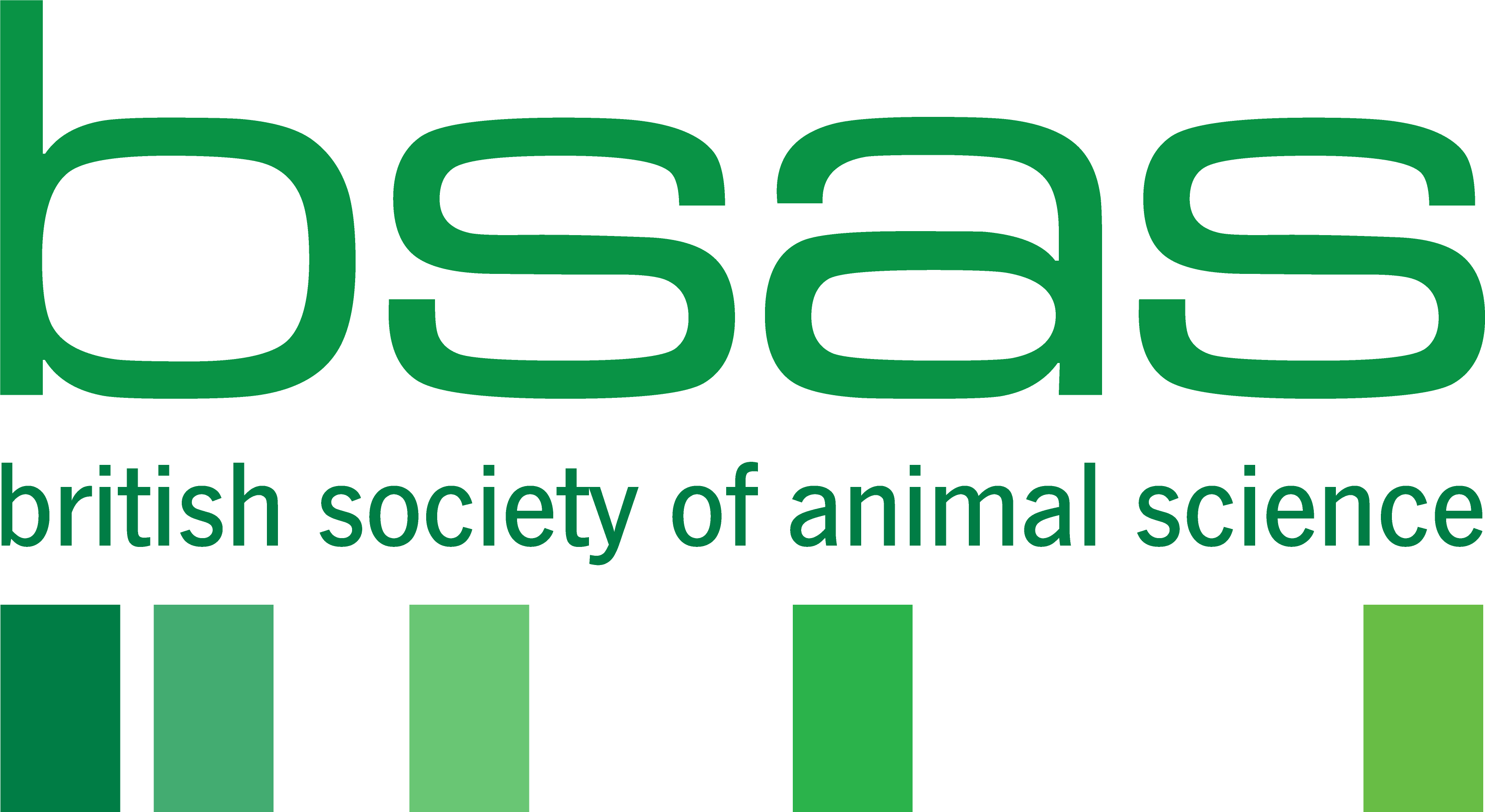Winner of The BSAS Undergraduate Thesis of The Year Award
We caught up with this year's winner of the Thesis of The Year Award Catherine McPartland to find out what winning the award means to her.
How does it feel to be the winner of the BSAS Undergraduate Thesis of The Year Award?
Very surprised! I am also delighted and very grateful.
What prompted you to enter the UTOTYA?
It was actually my year tutor that entered me when I received the award of best dissertation in an animal science subject for my academic institution.
What affect do you feel winning the UTOTYA has had on your current and future career aspirations, and are there any other benefits from entering that you would like to tell us about?
I feel winning this award has given me more confidence to progress in the animal science and welfare field. I worked very hard on my dissertation, so winning this award helps in dispelling some of the doubts I’ve had about whether I have what it takes to carve out a career in this area.
You won the UTOTYA for your dissertation titled: “An Investigation into the Differential Effects of Conventional Crate and PigSAFE Postnatal Environments on Telomere Length in Piglets (Sus scrofa domesticus)”. Can you tell us a bit more about the focus of your fascinating study and its findings?
The focus of the study was to examine if telomere length could serve as a biomarker of stress and thus of welfare in piglets. Telomere length was measured in tissue from ear tagging of piglets at birth and again at weaning. Premature telomere degradation has been associated with stress and disease in a range of species including humans. This project aimed to examine if accelerated shortening occurs in piglets as a result of pre weaning environment (crate vs free farrowing), litter size, sow parity and piglet average daily gain.
For me, the most interesting finding of the study was that sow parity does impact telomere length in piglets, with sows of higher parity giving birth to piglets of shorter telomere length than sows of lower parity. This finding for me sparked much curiosity, as it opens a lot of further research potential to find out the exactly why this is, with each possibility as fascinating as the next. It also very much indicates the need for longitudinal studies of this type to be undertaken around the sows and their welfare, whereas my project was piglet focused.
Are you looking forward to presenting at the BSAS 2023 hybrid conference, and how are you planning to prepare?
I am quite nervous but I’m looking forward to the conference as a whole and I appreciate what a great opportunity it will be to be able to present my dissertation at it. For preparation I will really have to delve back into my dissertation and the subject area again! As well as plenty of PowerPoint preparation and public speaking practice!
Do you feel like you would like to explore the world of animal science research further in the future, and if so which sector or topics would you like to carry out more extensive research into?
I am definitely keen to explore as wide a variety of animal science research as possible. I am most interested in exploring areas that can positively impact animal welfare, particularly in the realm of livestock farming.
Finally, what would you say to anyone considering applying for the UTOTY Award 2023?
If you have tried your best and you care about the subject area, then get behind your work and believe in yourself. Put yourself forward and you might be pleasantly surprised – I know I was!
